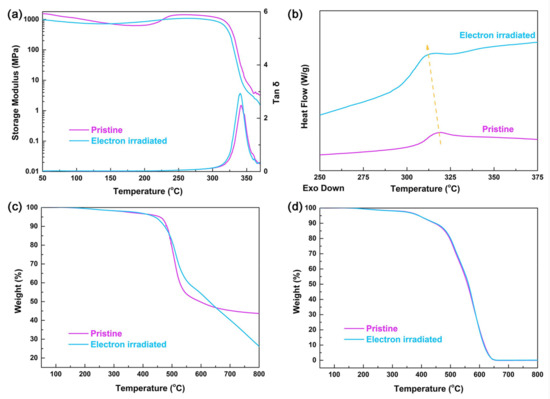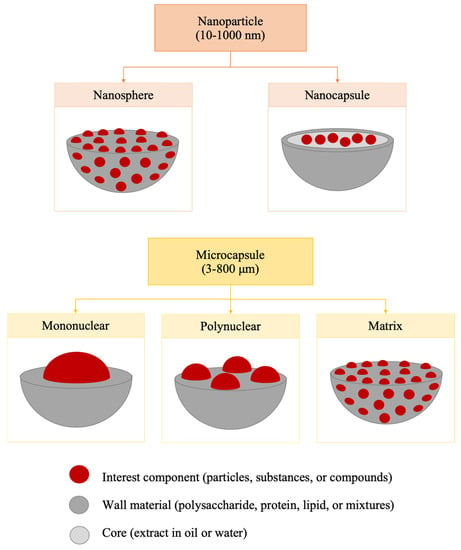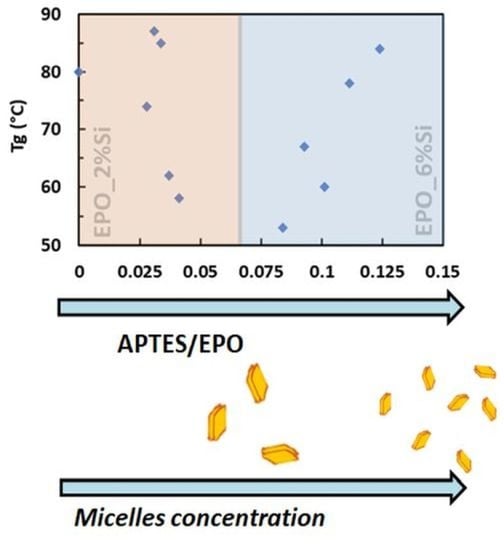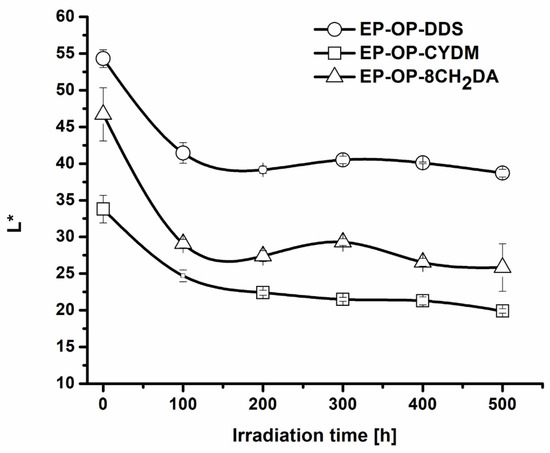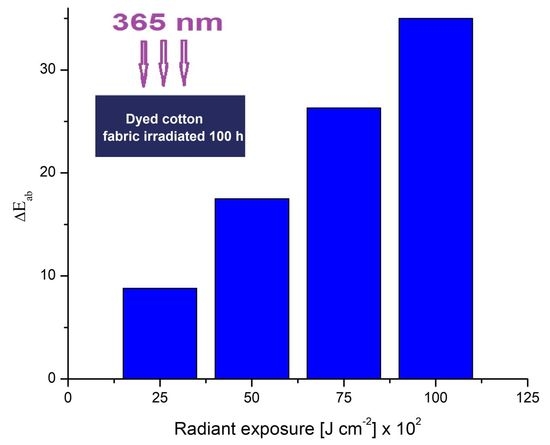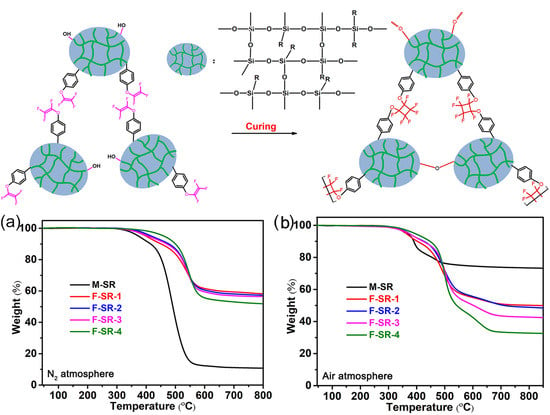Polymer/Biopolymer Stabilization and Degradation (Closed)
A topical collection in Polymers (ISSN 2073-4360). This collection belongs to the section "Polymer Processing and Engineering".
Viewed by 26288Editors
Interests: synthesis and characterization of phenolic, epoxy and vinyl-ester resins; extractions and characterization of natural products; theoretical aspects regarding polymers adhesive and cohesive capacity; correlation of molecular structure characteristics with adhesive properties of macromolecular compounds; aspects regarding synthetic adhesives properties and characterization, methods of control and their testing; complex capitalization of the vegetable biomass, respectively of polymer waste products through pyrolysis; synthesis and characterization of interpenetrating polymer networks; studies of thermal degradation and polymers compatibility (study of decomposition processes, establishing the mechanisms and kinetics of thermal degradation); studies of polymers photochemical behavior. Recent researches regarding polymers aging under light, especially UV radiation from the solar spectrum, as well as polymers photostabilization
Interests: thermal degradation and polymer compatibility (decomposition processes and mechanisms and kinetics of thermal degradation); structure–property relationships in polymers; polymer photochemical behavior; aging of polymers under environmental factors, especially UV radiation from the solar spectrum; polymer photostabilization
Topical Collection Information
Dear Colleagues,
Due to their structures, the polymeric materials used in various application areas are characterized by limited stability during exposure to an environment. Therefore, their specific properties decline during long-term exploitation. Conditions such as processing, storage, and service conditions also add structural imperfections that contribute to the lowering of the material’s lifetime. Accurate results from weathering tests must be obtained by the manufacturers, since the lifetime and extent of an application depend on molecular modifications. Polymer degradation occurs through bond cleavage, radical diffusion, oxidation, and crosslinking. The main factors that contribute synergistically to polymer degradation are heat, light (especially in the UV region), humidity, microorganisms, pollutants, and mechanical charge. Environmental factors must be correlated with the material’s structure. Laboratory-accelerated and field tests take place similarly but not identically in polymers. The main difference between the two procedures resides in the concentrations of radicals and their migration in the material bulk. The diffusion of free radicals is influenced by such factors as bond strength, morphology, molecular weight distribution, crosslinking degree, crystallinity, inorganic filler(s), stabilizers, mechanical charge, processing conditions, and sample history. The planning of laboratory and field testing of polymers may be designed in combination with the various factors taken into account. This Topic Collection is concerned with the thermal, photochemical, and microbiological behavior of polymer-based materials. We hope to share new concepts related to the behavior of polymeric materials under environmental factors, both under laboratory and outdoor exposure conditions. In this way, we seek to bring new insights into the different degradation mechanisms of polymers. Both original research papers and review articles are welcome.
Dr. Dan Rosu
Dr. Cristian–Dragos Varganici
Collection Editors
Manuscript Submission Information
Manuscripts should be submitted online at www.mdpi.com by registering and logging in to this website. Once you are registered, click here to go to the submission form. Manuscripts can be submitted until the deadline. All submissions that pass pre-check are peer-reviewed. Accepted papers will be published continuously in the journal (as soon as accepted) and will be listed together on the collection website. Research articles, review articles as well as short communications are invited. For planned papers, a title and short abstract (about 100 words) can be sent to the Editorial Office for announcement on this website.
Submitted manuscripts should not have been published previously, nor be under consideration for publication elsewhere (except conference proceedings papers). All manuscripts are thoroughly refereed through a single-blind peer-review process. A guide for authors and other relevant information for submission of manuscripts is available on the Instructions for Authors page. Polymers is an international peer-reviewed open access semimonthly journal published by MDPI.
Please visit the Instructions for Authors page before submitting a manuscript. The Article Processing Charge (APC) for publication in this open access journal is 2700 CHF (Swiss Francs). Submitted papers should be well formatted and use good English. Authors may use MDPI's English editing service prior to publication or during author revisions.
Keywords
- polymers
- multicomponent polymer-based materials
- thermal behavior
- thermal stability
- evolved gases analysis
- thermal degradation kinetics
- thermal degradation mechanisms
- thermal transitions in polymers
- thermal analysis devices
- photochemical behavior of polymers
- photocrosslinking
- photostabilization
- photocatalysis
- UV irradiation devices
- photodegradation mechanisms
- life-time prediction from thermal and photochemical data
- biodegradation of polymers
Related Special Issues
- Degradation and Stabilization of Polymer-Based Materials in Polymers (21 articles)
- Cellulose and the Circular Economy in Polymers (3 articles)
- Degradation of Wood-Based Materials in Polymers (11 articles)
- Durability of Natural Fibers and Plastics in Polymers (4 articles)







